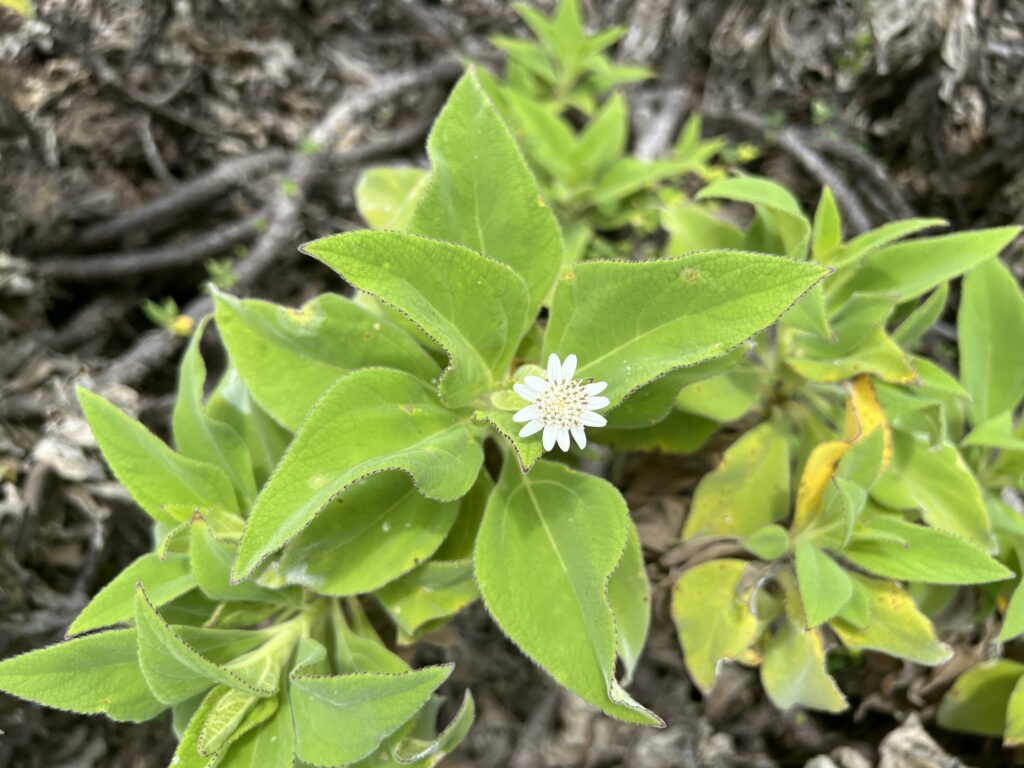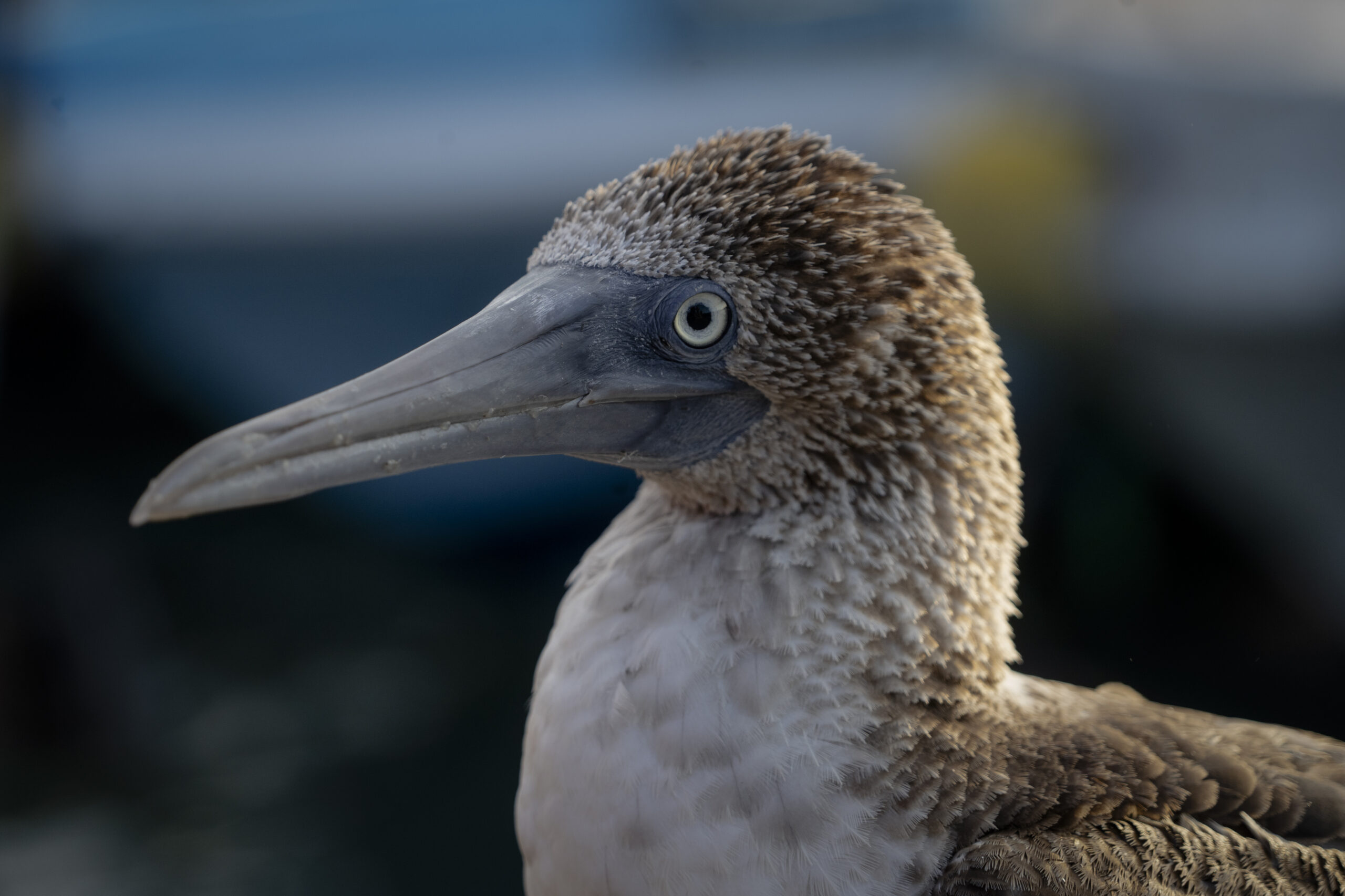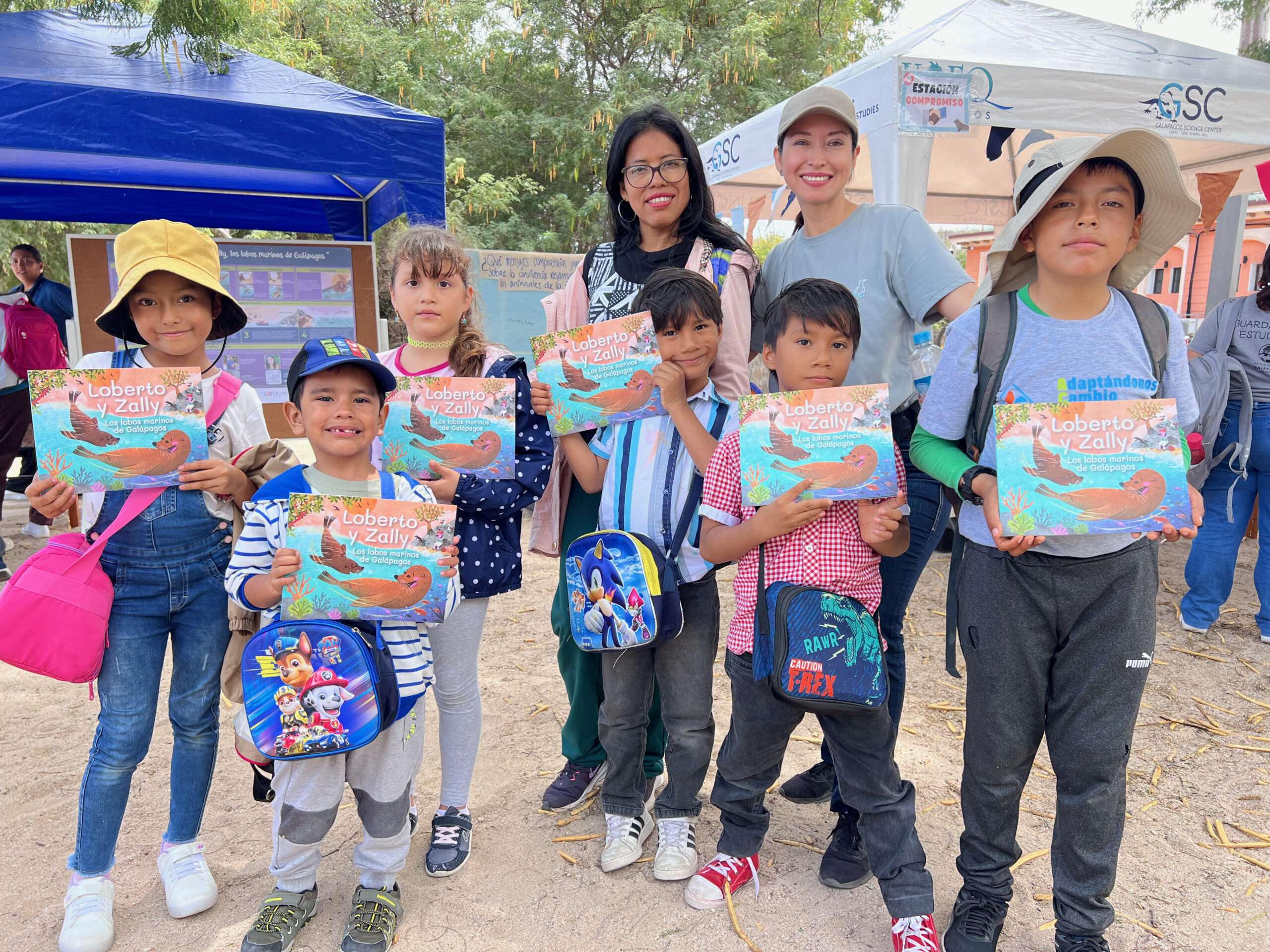El archipiélago de las Islas Galápagos es reconocido por su biodiversidad única y sirve como un laboratorio natural de evolución. El género Scalesia, conocido como los “pinzones de Darwin” del mundo vegetal, es un ejemplo destacado de radiación adaptativa, con 15 especies que exhiben una notable diversidad morfológica en las islas. Sin embargo, el futuro de Scalesia está amenazado por las especies invasoras introducidas por actividades humanas. El Proyecto del Microbioma de Scalesia (SMP), establecido bajo la iniciativa Galápagos Barcode, tiene como objetivo caracterizar el microbioma asociado con las especies de Scalesia para informar los esfuerzos de restauración. Al estudiar la diversidad, ensamblaje y funciones de los microbiomas de plantas y suelos, el SMP busca desarrollar estrategias basadas en microbiomas para mejorar la germinación de semillas, el crecimiento y la resiliencia de Scalesia. Este proyecto tiene el potencial de contribuir significativamente a la conservación de las especies de Scalesia y la restauración de sus hábitats, asegurando la preservación de los ecosistemas únicos de Galápagos.
Conoce más del artículo científico en el siguiente enlace:
https://doi.org/10.1038/s41564-024-01749-z
Mira el reportaje sobre la expedición en el siguiente video:






